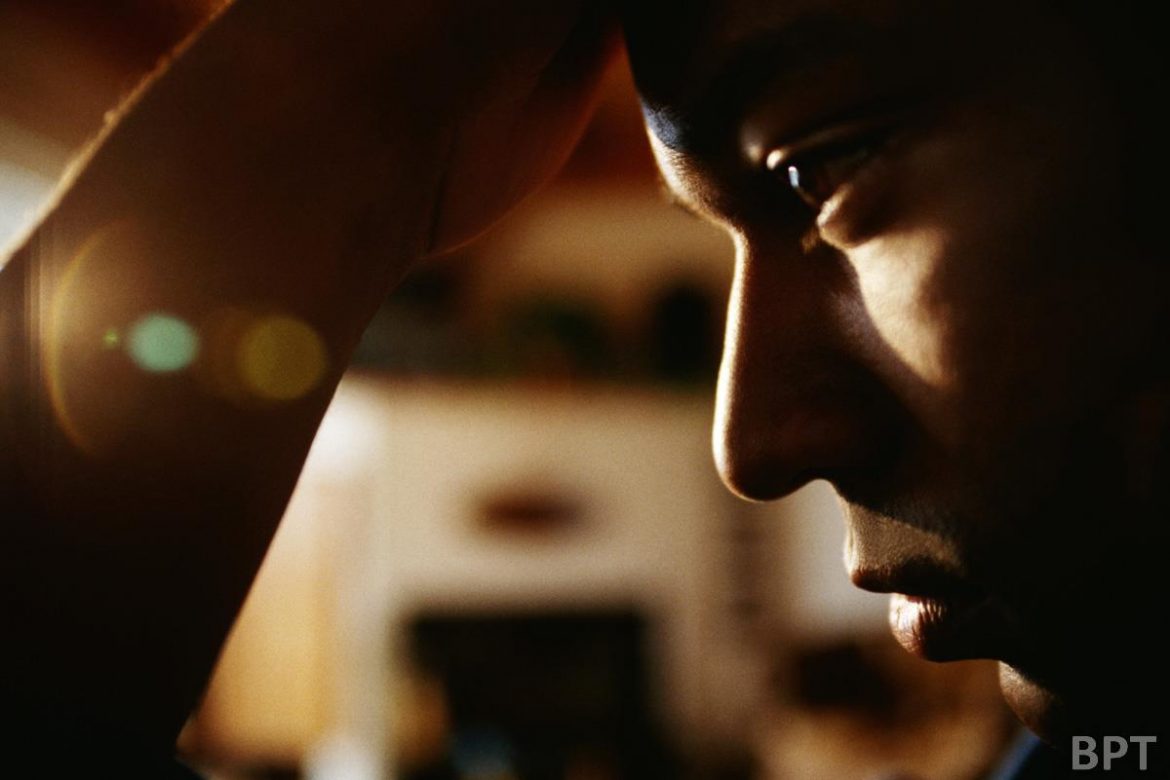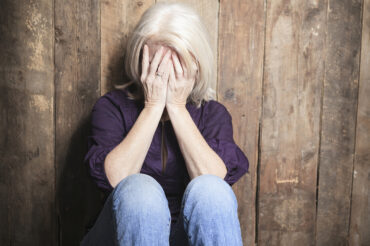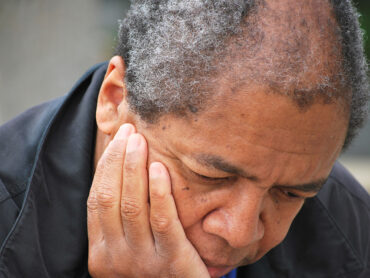(BPT) – When seasons change, moods can change with them. The long, dark and cold months can give people a serious case of cabin fever. Some people may even suffer from seasonal depression.
Those who face this type of depression, known as Seasonal Affective Disorder (SAD), feel a physiological response by the body to decreases in light exposure associated with the fall and winter months, according to Dr. Gary Bruss, program dean of the American School of Professional Psychology at Argosy University, Southern California.
“This is one of the more biologically based forms of depression,” says Bruss. “SAD can be characterized by moodiness, heightened irritability, lack of interest in those things you usually take pleasure in, changes in eating and sleeping patterns, and difficulty concentrating that take place during those fall and winter months every year.”
Simply put, you may not feel as peppy as you normally do or have the same energy level or you may not want to be around people or follow your regular routine. If you are a student, you could see your grades declining and if you work, you may see your performance slipping.
Being proactive about your mental health and taking care of yourself can help address depression and mood swings. Bruss recommends engaging in exercise, going for a walk or meeting friends or family for coffee or some fun activity. He also adds it is important to eat a balanced diet, get enough rest at night, do nice things for yourself or find a hobby to help occupy your time.
“In the fall and winter, we tend to see an increase in seasonal affective disorder and in overall stress,” says Dr. Devin Byrd, dean of the College of Health Professions at South University. “Becoming more acutely aware of your habits, stress levels and social activities can help assess and counter-balance the onset of seasonal sadness or depression.”
If you sense that the season may be negatively affecting your well-being, Byrd recommends you initiate a new hobby, increase exercise, watch what you eat and take measures to take an active role in social activities.
Light exposure therapy can combat the signs and symptoms of SAD. During this type of therapy, you sit near a device called a light therapy box. This box gives off a specific kind of light that mimics the natural light from the outdoors and can ease SAD symptoms.
If signs of depression appear in a family member, friend or co-worker, Bruss recommends talking with them and encouraging them to seek help if depression persists or worsens. He also points out that the holiday season can have a major impact on depression if a person has experienced the death of a family member, close friend or a pet. If the severity of the depression interferes with a person’s ability to function socially and/or professionally, then it’s time to seek help from a mental health professional, says Bruss.
“Seeking professional help is an increasingly common practice and people should not feel anxious about seeing a psychologist for psychotherapy or taking medication for depression if it’s needed – especially for a disorder that is based so heavily on our biology. The most important thing is to connect with a professional who can help you restore emotional balance, peace and happiness to your life,” Bruss says.
Related items
Can Music Improve Your Health? Studies Say Yes!
Turns out that listening to music may stimulate more health benefits than you may have rea
Depression Resources Online
Depression – 1 in 10 people will suffer from it at some point in their lifetime and not on
Talking With Loved Ones When They Are Depressed
With depression affecting approximately 9.5% of American adults in a given year, knowing h






